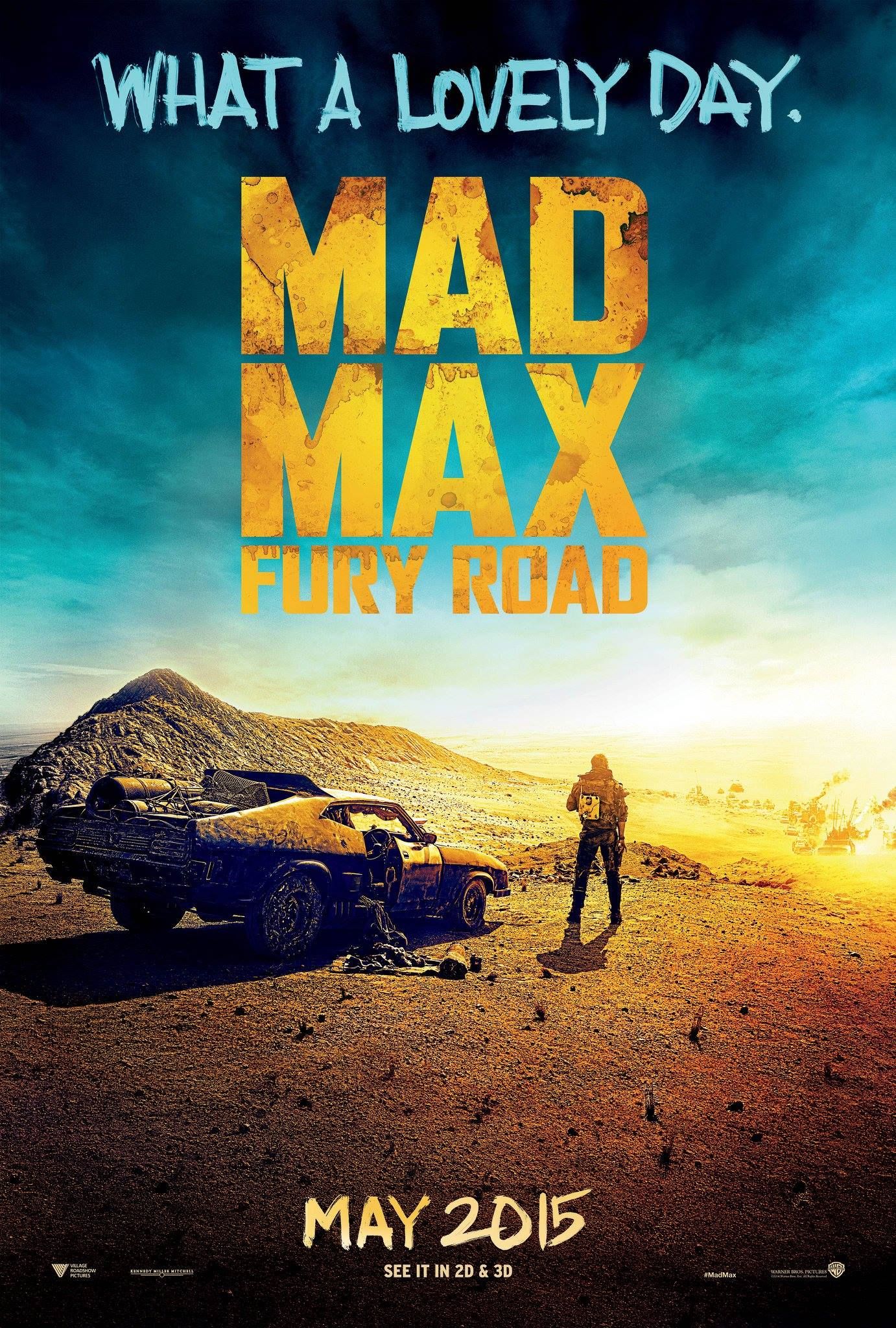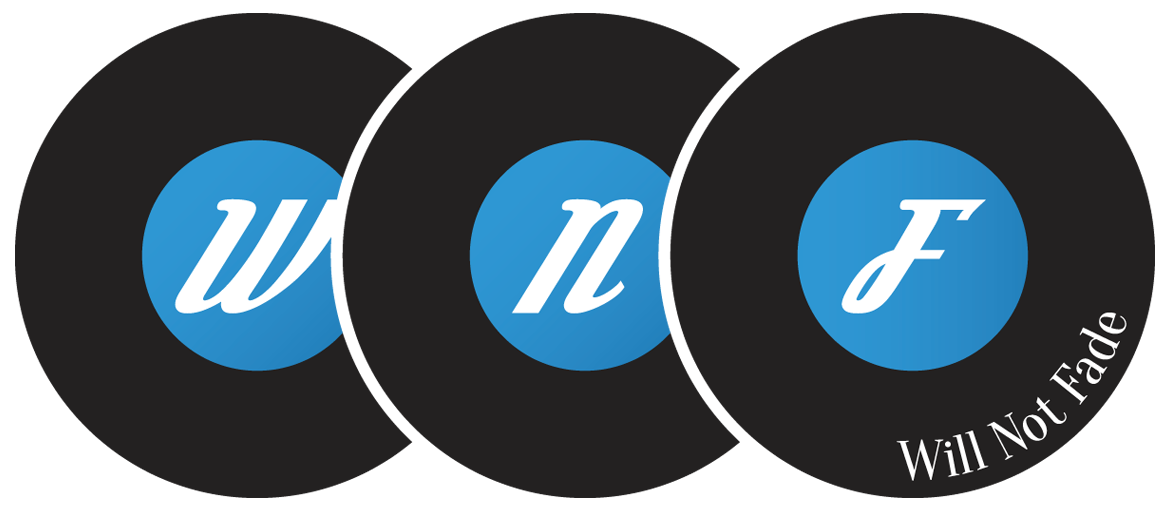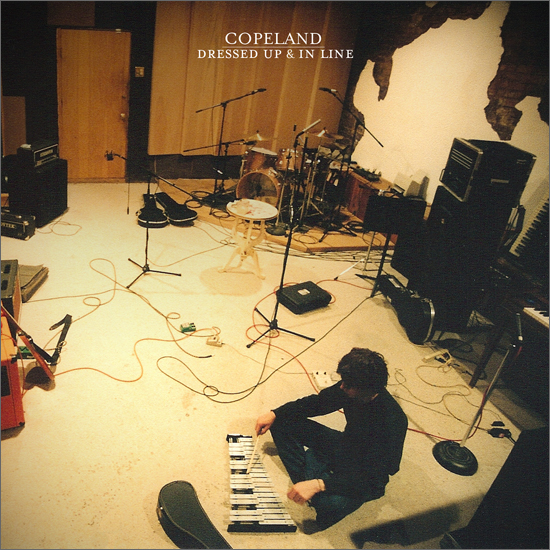Ash Grunwald answers the phone and then breaks off to yell to his young daughter to go see her mum.
“Sorry bro” he apologises.”I just saw a snake in the garden, and I wanted to make sure my little girl was safe.’
Living in Byron Bay, Australia, brushes with snakes and spiders are pretty common, he tells me.
“I’m pretty desensitised to spiders. I’m not even scared anymore. I used to be a bit. But snakes I don’t like. Here we have ’em all. We have all the venomous ones because where I live is sort of sub-tropical. We have the big pythons and everything. But the pythons are cool.
“Like I was having a shower – we have this outdoor shower. I looked up and basically next to me was this three metre python, just hanging. I was like ‘…oh. How’re ya goin?’ They’re absolutely harmless. Well… not absolutely harmless. They are harmless, but you don’t want them to bite you. They really hurt if they bite. And they’ll strike you like a machine gun – they just keep biting. You can get big scars and stuff like that. So you’re not going to just go pick one up, of course.”
Chatting with Grunwald is entertaining. He’s laid back and forthcoming. I observe that Byron Bay, with its annual Bluesfest, is a natural fit for a man who is known for his own swampy, blues-inspired music.
“Bluesfest was my ultimate,” he agrees, “I’ve probably played it three or four times. I’m from Melbourne originally – nice culture, shit weather. I’d come up to Byron and be like ‘This is paradise!’ I’ve got a family now. We’re about 20 minutes out, near the beach. It’s a nice little compromise. It’s not too busy and [you’ve] still got access to all those things that you love about it. It’s pretty alternative, and it’s an idyllic location. I probably did 20 laps of Australia [on tour] before I made my decision, after about seven or eight years on the road.”
Grunwald is committed to his local community, recently getting up-in-arms about coal seam gas mining in and around Australia. He has been pressuring banks to divest from mining companies because of the environmental damage that they are causing. It’s a clear theme in his latest album, so I ask him to elaborate on his views.
“For the last album there was a strong message very much influenced by my work trying to stop coal seam gas mining from coming into my area here, and also going to the front line, where they’ve already got it up in Queensland. The lessons that I’ve learnt in that are just passed on in the songs.
“In another interview I was asked about a song titled ‘The Worst Crimes Are Legal’, and I really do stick by that. I’ve done a lot of travelling in the third world and people say ‘oh, it’s so corrupt!’, but the only difference with the corruption is that it’s not legal, and it doesn’t have a lot of papers that need to be filled out in triplicate. But it’s almost, in a sense, more honest. There are many systems set up to benefit multinational companies, to benefit the rich more than the poor. It’s not a fair system.
“We’re all cynical now. For me to say these things, it’s no big deal. Often the sentiment is ‘yeah, we all know that. Get over it. Stop talking about it’. But if we talk about it, we might be able to change it…
“We’ve got farmers committing suicide over here. Because they get bullied by these gas companies. They feel guilty too, because they’ve had these farms for generations. This is the first time in hundreds of years that the farmers know how the elders feel. We had elders at these rallies, now holding hands with farmers, and they’ve never been buddies really. Now they’re in the same position. Now the farmers know what the indigenous people feel like, because they’re experiencing this second takeover.
“These dudes [Gas mining companies] are getting plucky. That’s the thing that really got me off my arse. Early on it would have been in some regional town, away from where people can see. But now they’ll try for the middle of Sydney and crazy stuff. They were trying to get licences for right in the middle of Sydney, right near the water supply.
“Here in the Northern Rivers area we actually had a win. We never thought we would, but we actually managed to keep them away. They’ve left – poor corporates, they’ve been paid to leave by the council – but at least they’re gone. So it can happen! Things can be done if people do try.
“A lot of people don’t even listen to lyrics. You want it to work on a musical level perfectly, without any compromise, and then still have a message.”
“You want it to work on a musical level perfectly, without any compromise, and then still have a message.”
When I ask Grunwald to describe his sound, he calls it “an original take, roughly in the region of the blues genre. So it’s modern blues. Sometimes it sounds like blues rock – but not always. Sometimes it sounds like delta blues. . . and sometimes it doesn’t sound anything like blues, but often it’s in that rough region – it’s just a different take on it. And it’s my hope – and it’s up to others to say whether I’ve achieved this or not – my aim is to bring a freshness to the genre. Looking at it afresh and taking it in different directions. Almost going backwards, to the early stuff, to bring it forwards past what people normally think of the blues.”
One way that Ash brings this freshness to the genre is to use less standard instruments. For example, his recent albums eschew the use of electric bass guitar, with the most recent album, NOW, featuring Ian Perez from Wolfmother using synths to record bass parts, and the album before that featured Scott Owen from the Living End on the acoustic double bass. Grunwald also has a tradition of using weird and creative percussion instead of drums, in the vein of Tom Waits.
“My thoughts on bass is the same as my thoughts on the drum kit” he tells me. “I have conventional drums on those last two albums, but before that I hardly ever had a conventional, straight-down-the-line drum kit.
“Straight-down-the-line drums and normal bass… I’m not really that into. There’s got to be a really good player playing it, or there’s got to be some reason. And if you want to do rocky things, OK, use the kit, use the right tools for the right job. But I love Tom Waits albums where it’s all a little bit different, you know? I don’t think that there’s any point doing things just exactly the same as things we’ve seen a million times before.”
So in order to mix it up and escape from a generic sound, Grunwald tries new things.
“Way back in the day I was getting pots and pans and hitting car doors with a hammer, and just weird things, just anything to break up that same old kit. It’s the same with the bass. If I’d gone and done a psychedelic rock album with the same old drums and bass it would have been too normal. I want to do something that sounds different and bring something new to the table.”
“And as it worked out with that synth bass, moog synth – beautiful warm analogue – it’s way bassier than you can get with a bass guitar. And different attack. A finger on a string is an amazing kind of attack for a bass note, that’s fantastic. But a key from a keyboard is a different matter. So you can have things that go [hums a fast, concise bass line] and it’s really precise, and really, hugely fat. And the fatness isn’t affected by amps, and strings and magnetic pickups, and all those acoustic factors. But still, a warm analogue synth can be impossibly fast. That’s what I like about the synth bass.
“I did one album where I built a cheapie drum kit and detuned it all. And then I just started grabbing bits of metal. And spanners, and pots and pans, and chains… and I just gaffer taped them all to the kit. And when I was overdubbing I would play on this junkyard kit. It was pretty out there. But what I did for years was having a guy play a car door with a hammer. That was pretty out there too.
“The first influence was Tom Waits, who pioneered that kind of thing. After that I went deeper and I went back and listened to a whole lot of field hollers. You know, the black slaves in America working in chain gangs and the only percussion is their tools hitting the earth, or hitting the trees or whatever. It’s almost my favourite genre of music, those work songs. So that influence comes into a lot of my songs over the years. I don’t think I’ve done an album for a very long time where there wasn’t some sort of junk percussion on something.”
Despite having nine studio albums, and numerous awards, I’d hazard a guess that the name Ash Grunwald isn’t that familiar to most New Zealanders. But most of will us have heard his song, “Walking”. Grunwald laughs when I suggest that he may be best known on this side of the Tasman as “the guy from the New World ad”.
“Well I hope I do get that, in a way, because it gets the music out there. They had to use somebody’s track, and I’m glad they used mine. We all go shopping. That song has been so good to me, because it was in a Hollywood movie called Limitless, which was Bradly Cooper and Robert De Niro. Bradly Cooper took this drug which gave him limitless mental faculty. And I was mega-stoked, because when he took the drug they put ‘Walking’ on turned up really loud, and put it in a montage scene. It was mastered really loud, and featured quite a bit in the movie, which was epic! That’s probably why I got that New World ad.
“It was good. It got it out there. I know there’s purists, guys like Tom Waits who would never want his music used for any product. And I’d love to be that much of a purist, but I don’t feel like in the standing of music, that I’m in a position to not appreciate the publicity from it. People are hearing my song, and I do appreciate that.”
Grunwald has covered some Tom Waits songs, and one of his biggest hits was a cover of Gnarls Barkley’s ‘Crazy’. I ask him to explain his process for choosing songs to cover.
“It’s got to be something you love – it’s a no-brainer if it’s an old blues song. You can bring it to people who haven’t heard it before, and that’s all cool. And when you pick something like a Gnarls Barkley song – I picked ‘Crazy’ – it’s gotta be interesting, quirky.
“‘Crazy’ was funny because it’s huge – everybody knows the song. It was a motivation to think that here’s a huge song that everybody knows, but it’s very soulful and right down my alley. And there’s another song I did on Trouble’s Door called ‘Sail’ by this band AWOL Nation. They’re so different to what I do, but that particular song has crossovers with what I do. So I thought it would be great. It’s like the old-school – someone brings out an album, and somebody else covers it straight away. It’s something that’s not very much done anymore, but it used to be done. I think its good to put an interesting spin on it. Hard to know – usually done on a case-by-case basis.”
I ask Grunwald about his past collaborations, and which people he would like to team up with in the future.
“I’d love to jam with Gary Clark Jr. Never say never in this industry. Never say it will happen, because there every chance it won’t. But never say it won’t happen, because sometimes it does. I’m going to do a recording. We have high hopes – and apparently quite realistic hopes – of getting Tony Joe White and Taj Mahal on the next album, which would be absolutely phenomenal for me. Tony Joe White is actually a huge hero of mine, and Taj Mahal is probably one of the most respected names in blues and roots music these days.
“And that came absolutely out of the blue. that had absolutely nothing to do with me. A producer from America contacted me and said ‘Come over. I’ll get you a flight. Come do an album’. … So weird things do happen at times!”
Grunwald mentions that he gets the chance to meet a lot of these legends in passing at Bluesfest.
“I met Tony Joe White about ten years ago and I frothed. I lost my mind. I thought it was really cool.”
I ask about how he manages to keep his head when has such a busy touring schedule. Initially, for his NZ tour, Grunwald had three gigs planned in a two day space. Now he has tacked a Raglan show onto the following day.
“Is playing Raglan a surf-motivated decision? Well, it doesn’t not factor in. I’m looking forward for going for a wave there, that’s for sure. The gig last time in Raglan was sick anyway so it’s motivation to go back.
“I like being busy. I really have burnt the candle at both ends this year. Part of me wants to slow down, but what opportunity do you decide to miss? That’s a tough one. But you’re not here for a long time, so it may as well be a good time and fit in as much as you can.”
And that’s Ash Grunwald, looking back into the past for inspiration, and then combining that inspiration with creativity to forge a new and original path ahead of him. Whether it’s working with different artists, trying odd instruments or playing in new places, Ash Grunwald is working hard to keep the blues genre fresh and inventive.
Joseph James
ASH GRUNWALD NEW ZEALAND GIGS:
Friday 27 November
BackBeat – Auckland
www.facebook.com/backbeatnz
1/100 Karangahape Road, Auckland
Tickets $20+ bf:
http://www.undertheradar.co.nz/tour/4966/Ash-Grunwald.utr
Doors open 8pm
Saturday 28 November
Blenheim Brews, Blues and BBQ (afternoon) with Salmonella Dub Sound System, the Nudge plus many more
For info & ticketing info go to http://www.bluesbrewsbbqs.co.nz
Saturday 28 November
Meow – Wellington (evening)
www.welovemeow.co.nz
9 Edward St, Te Aro, Wellington
Tickets $20 + bf:
http://www.undertheradar.co.nz/tour/4966/Ash-Grunwald.utr
Doors open 8pm
Sunday 29 November
Yot Club – Raglan
9 Bow St, Raglan
Tickets $10 from http://www.undertheradar.co.nz/ticket/4994/Ash-Grunwald.utr
Doors open 8pm
ASH GRUNWALD LINKS:
www.ashgrunwald.com
www.facebook.com/AshGrunwald
twitter.com/AshGrunwald
www.youtube.com/ashgrunwald
ashgrunwald.bandcamp.com

 And it may be because I only saw it a few days ago, butStar Wars: The Force Awakens gets my vote for third place. I can’t deny being a Star Wars nerd, and I’m glad the new entry does justice to the series. Just as the prequel trilogy mirrored the originals, the new episode mirrors earlier films in a way that feels familiar, whilst still introducing new characters and possibilities. JJ Abrams was a smart choice for director, having revived the Star Trek franchise in recent years.
And it may be because I only saw it a few days ago, butStar Wars: The Force Awakens gets my vote for third place. I can’t deny being a Star Wars nerd, and I’m glad the new entry does justice to the series. Just as the prequel trilogy mirrored the originals, the new episode mirrors earlier films in a way that feels familiar, whilst still introducing new characters and possibilities. JJ Abrams was a smart choice for director, having revived the Star Trek franchise in recent years. mentary I saw was called Landfill Harmonic, about a village in Paraguay where children form an orchestra in which they play instruments made from rubbish found in the landfill that many of them live on. It’s one of those underdog tales that show how people can rise from poverty to achieve something great.
mentary I saw was called Landfill Harmonic, about a village in Paraguay where children form an orchestra in which they play instruments made from rubbish found in the landfill that many of them live on. It’s one of those underdog tales that show how people can rise from poverty to achieve something great. e same plot as the earlier films, but despite this, dinosaurs still had pulling power to make Jurassic World millions of dollars.
e same plot as the earlier films, but despite this, dinosaurs still had pulling power to make Jurassic World millions of dollars.





